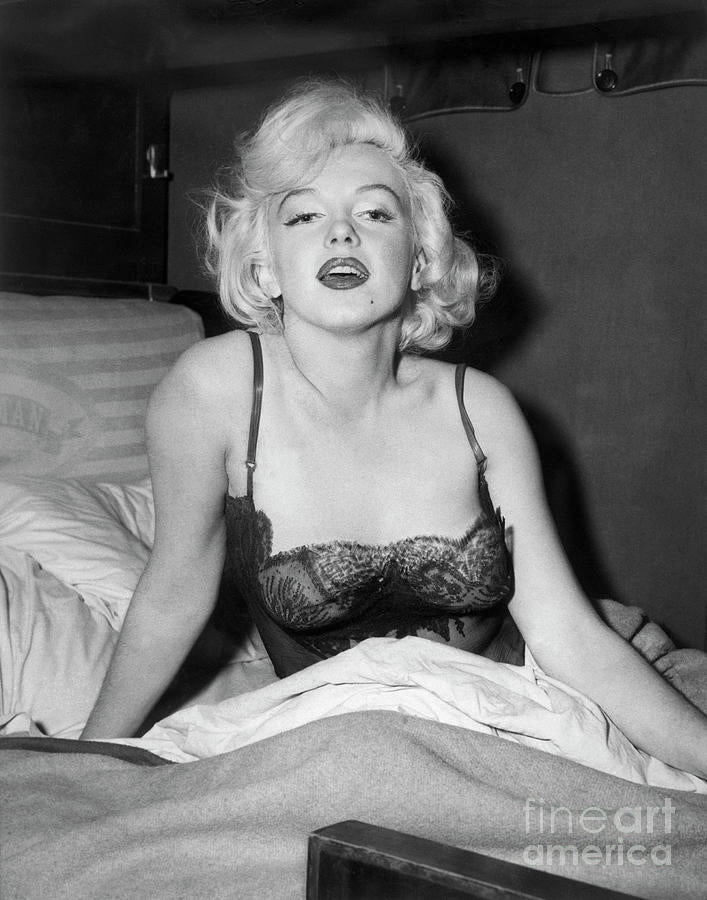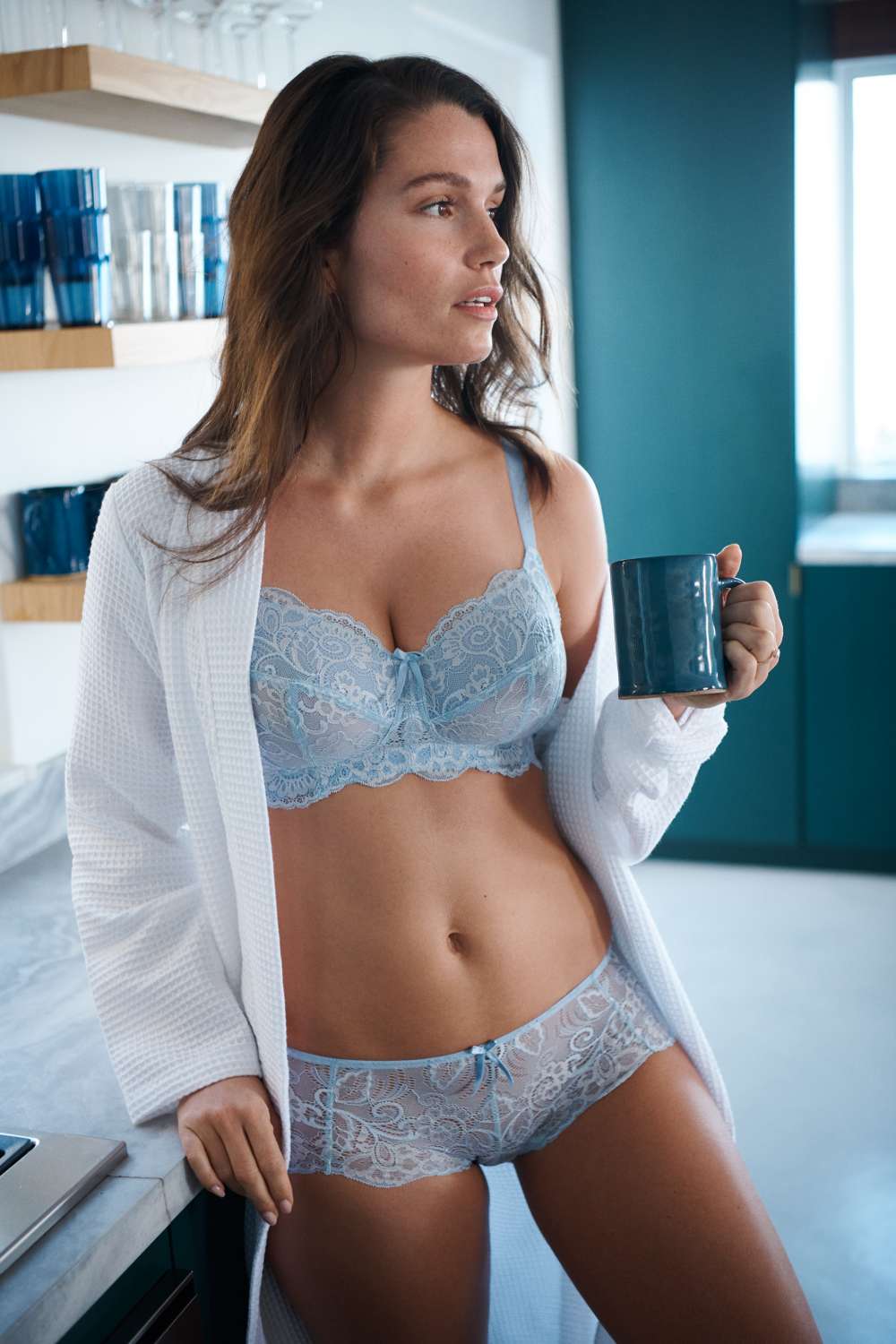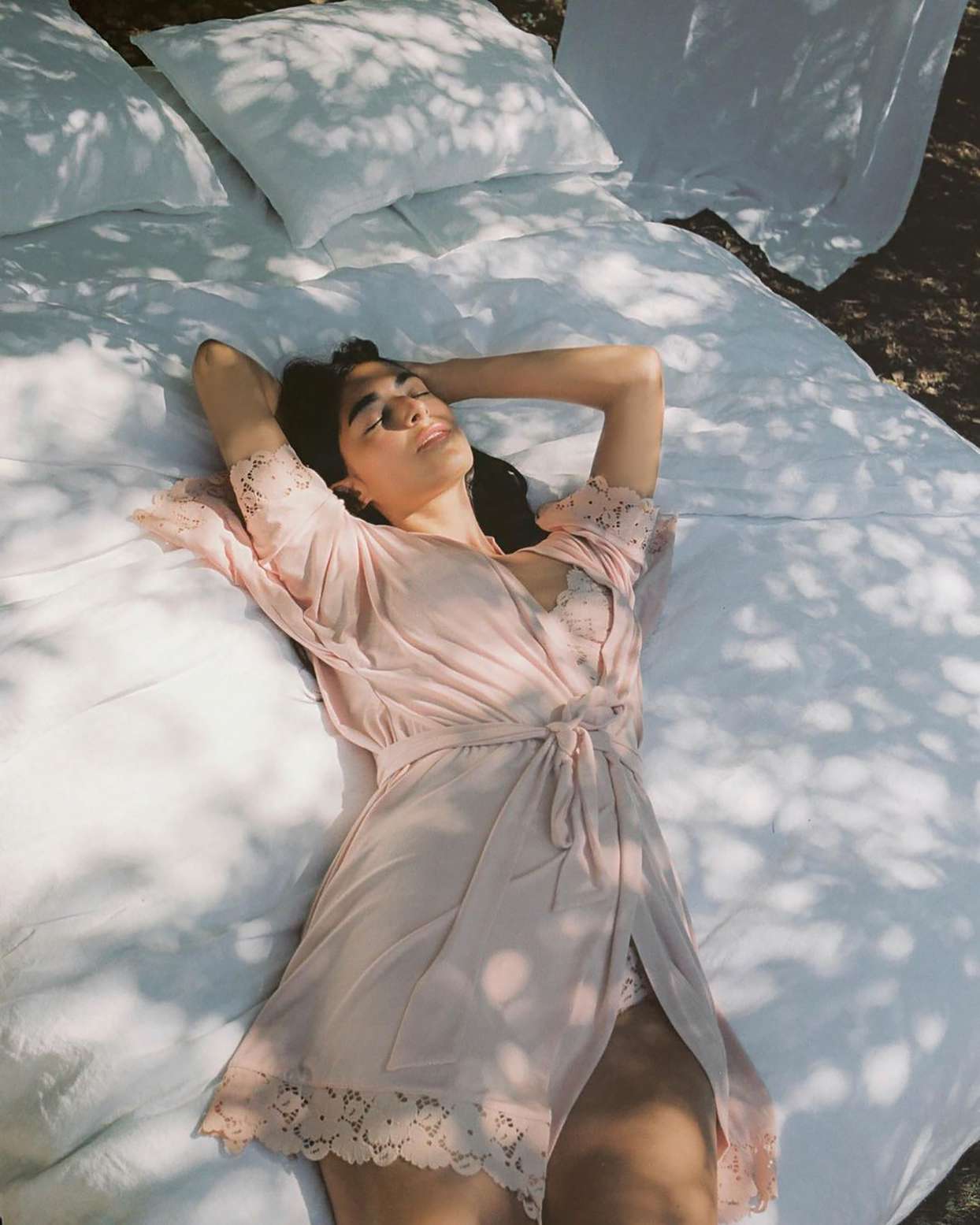Some Like it Hot: A Luxurious History of Lingerie

Some Like it Hot: A Luxurious History of Lingerie, Embark on a decadent voyage through the opulent history of lingerie, where silk whispers of sensuality and lace dances with desire. Unveil the hidden stories behind the garments that have adorned the bodies of the most alluring and enigmatic women throughout the ages.
rich and fascinating history that dates back centuries. From its humble beginnings to the luxurious garments we see today, the evolution of lingerie is a testament to changing societal norms and fashion trends. Over time, lingerie has both influenced and been influenced by broader clothing trends, evolving from practical undergarments to visible fashion statements and even outerwear.
Introduction to Lingerie
Lingerie is more than just women’s underwear, it’s a reflection of history, culture, and the ever changing definition of femininity. From the earliest restrictive corsets to the liberating modern bras and sports bras of today, the evolution of lingerie mirrors the journey of women themselves. What began as simple undergarments has blossomed into a vibrant lingerie industry, where sexy lingerie and practical styles coexist as powerful fashion statements.
Modern women now have the freedom to choose from an array of lingerie designs, whether it’s the allure of a push up bra, the comfort of boy shorts, or the support of a sports bra. Lingerie has become a way to express individuality, confidence, and personal style, making it an essential part of every woman’s wardrobe and a testament to the enduring allure of fashion.
What Were the Early Origins of Lingerie?
In ancient civilizations, such as Egypt and Greece, women wore simple undergarments made from linen or silk. Early versions of lingerie were much heavier and more restrictive than what we see today, focusing on practicality over comfort or style.
Women's underwear in these societies evolved differently, often using lighter materials and serving distinct functional purposes tailored to women's needs.
How Did Lingerie Evolve in the Middle Ages?
During the Middle Ages, undergarments became more structured and elaborate. The shirt served as an essential under layer for both men and women, providing comfort and often indicating social status through its decoration. Corsets and stays were introduced to shape the body and create the fashionable silhouette of the time. Lingerie was often embellished with intricate embroidery and lace, showcasing the wearer’s wealth and status.
The Victorian Era Influence
The Victorian era left an indelible mark on the world of lingerie, shaping not only the garments themselves but also the ideals of beauty and femininity. During this era, restrictive corsets were the foundation of every fashionable woman’s attire, meticulously crafted to create the coveted hourglass figure with a small waist, accentuated bust, and rounded hips. The introduction of metal eyelets made it easier to tighten and adjust these corsets, allowing women to achieve dramatic silhouettes with greater ease.
Yet, the pursuit of style often came at the expense of comfort, as these garments could be both confining and impractical. To balance fashion with function, alternatives like bloomers and linen undergarments began to emerge, offering a breath of relief from the rigidity of traditional corsets. The era also saw the rise of hoop skirts, supported by layers of petticoats and corsets, creating voluminous skirts that were all the rage. The Victorian era’s influence on lingerie is still felt today, as it set the stage for the ongoing evolution of undergarments and the celebration of the woman’s figure.
What Role Did the Industrial Revolution Play in the Lingerie Industry?
The Industrial Revolution brought significant changes to the production of lingerie. Mass manufacturing made undergarments more accessible to the general population, leading to a wider variety of styles and sizes. The invention of the sewing machine created opportunities for more intricate and detailed lingerie designs.
Emergence of the Modern Bra
The dawn of the 20th century brought a revolution in women’s lingerie with the invention of the modern bra. In 1914, Mary Phelps Jacob forever changed the course of fashion by crafting the first bra from two handkerchiefs and a ribbon tie, offering women a liberating alternative to the restrictive corsets of the past. This simple yet ingenious design marked the beginning of a new era, where comfort and practicality became just as important as style. The following decades saw remarkable innovations, including the introduction of cup sizes and adjustable bands in the 1930s, which allowed bras to fit a wider range of body shapes.
The next decade brought the rise of the push up bra, quickly becoming a staple in many women’s lingerie collections. With the advent of new materials like nylon and silk, bras became softer, lighter, and more durable, further enhancing their appeal. The modern bra, in all its forms, stands as a symbol of both freedom and femininity, reflecting the changing needs and desires of women throughout the 20th century and beyond.
Impact of New Materials
The evolution of lingerie has been profoundly shaped by the introduction of new materials, transforming both the look and feel of women’s undergarments. The arrival of synthetic fibers such as nylon and spandex brought a new level of stretch, comfort, and durability to lingerie designs, making them more practical for everyday wear. At the same time, luxurious fabrics like silk, lace, and cotton have remained favorites, adding elegance and sophistication to modern lingerie.
Advances in manufacturing have enabled mass production, making stylish and comfortable lingerie accessible to women everywhere. This surge in innovation has fueled the growth of the lingerie industry, with iconic brands like Victoria’s Secret and La Perla leading the way in offering a dazzling array of options for modern women. Today’s lingerie is a celebration of diversity and self-expression, blending cutting-edge materials with timeless style to create garments that are as beautiful as they are functional.
How Did Lingerie Become a Symbol of Femininity and Sensuality?
In the 20th century, lingerie began to transition from purely functional to a symbol of femininity and sensuality. During this period, lingerie also started to be seen as a fashion statement, reflecting personal style and making appearances in high fashion contexts. Designers like Coco Chanel and Christian Dior revolutionized lingerie with their innovative designs and luxurious fabrics. The introduction of nylon and other synthetic materials further transformed the industry, making lingerie more comfortable and affordable.
What Does the Future Hold for Lingerie?
Today, lingerie continues to evolve with changing fashion trends and societal attitudes. Body positivity movements have led to a greater emphasis on inclusivity and diversity in lingerie design. Technology has also played a role, with the rise of online shopping and custom-fit lingerie options.
As we look to the future, one thing is certain: lingerie will continue to be a powerful form of self-expression and empowerment for people of all genders and body types.


